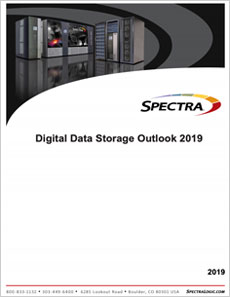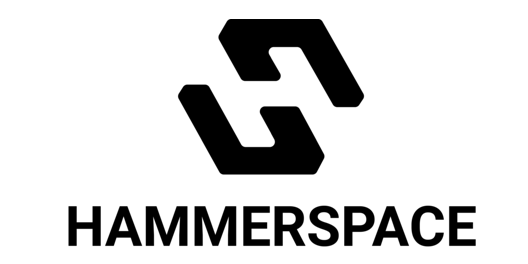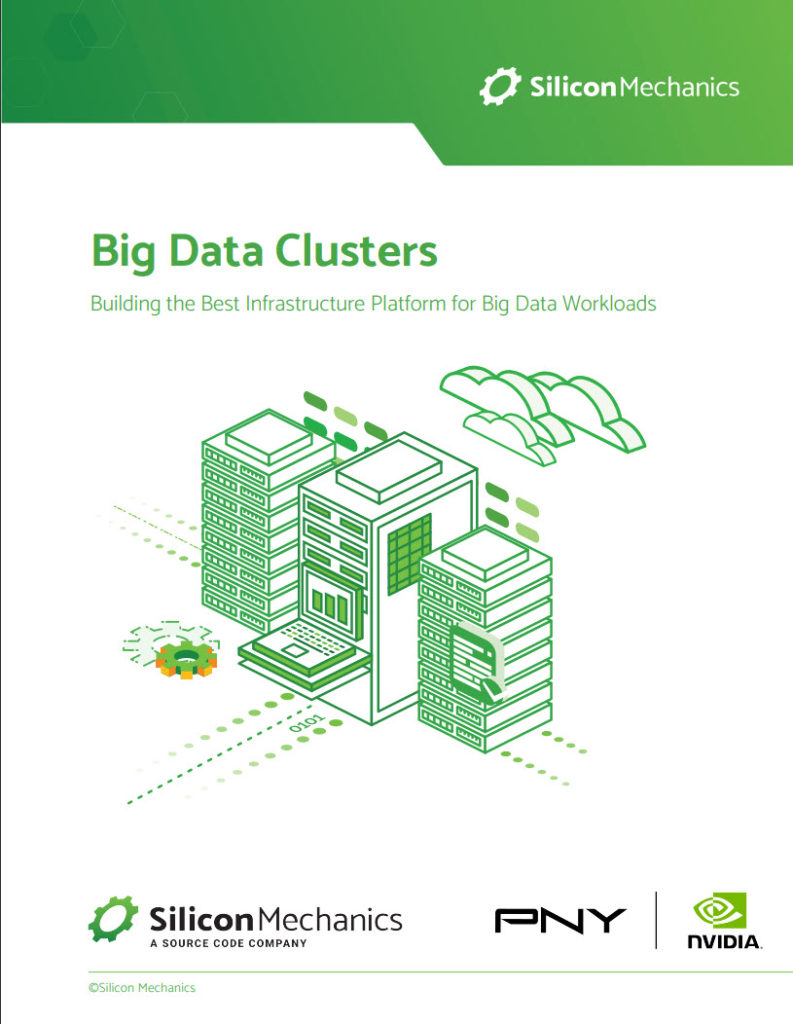 Today Spectra Logic announced the publication of “Digital Data Storage Outlook 2019,” the company’s fourth annual report on the data storage industry. The report examines the future of data management, usage and storage, and details the current state of the industry and the opportunities that organizations have to preserve their digital assets indefinitely. Storage and media manufacturers, application developers and users will gain insight into the future of the data storage industry after reviewing the report.
Today Spectra Logic announced the publication of “Digital Data Storage Outlook 2019,” the company’s fourth annual report on the data storage industry. The report examines the future of data management, usage and storage, and details the current state of the industry and the opportunities that organizations have to preserve their digital assets indefinitely. Storage and media manufacturers, application developers and users will gain insight into the future of the data storage industry after reviewing the report.
The year 2019 is a landmark year for Spectra as we celebrate the company’s 40th anniversary,” said Spectra CEO Nathan Thompson. “This report provides a high-level snapshot of the trends that will influence technological advancements in the data storage industry, and the workflows that will impact the way the world uses and preserves its digital information for the long term.”
Diversity of workflows are driving users toward a new model for data storage. “Digital Data Storage Outlook 2019” outlines what this ideal next storage architecture will look like and explains why a modern two-tier approach is essential to preserving data in the booming age of “keep everything, delete nothing.”
“Digital Data Storage Outlook 2019” also provides an overview of the storage technologies that define long-term storage today and those that will impact the industry tomorrow, including flash, disk, tape, optical and cloud. Highlights from the report include:
- The impact on the storage industry as supply-side constraints from flash manufacturers have ended and all are now shipping 3D NAND in volume. This resulted in a 50 percent reduction of flash prices mostly occurring toward the end of 2018 with the potential of more cost reductions to come in 2019.
- A predicted aggressive decrease in the aggregate shipped capacity of consumer magnetic disk as flash disk takes over much of that space on both the high end and low end.
- Tape remains a viable and cost-effective storage technology for long-term data retention with a long roadmap. Of all the storage mediums available, tape technology has the greatest potential for capacity improvement.
- The new two-tier paradigm focuses on the usage of the data rather than the technology. It includes the primary or project tier, where raw data streams need to be captured rapidly or edited; and the perpetual tier, where data assets are accessed, shared and stored indefinitely. Data moves seamlessly between the two tiers for maximum user benefit.



